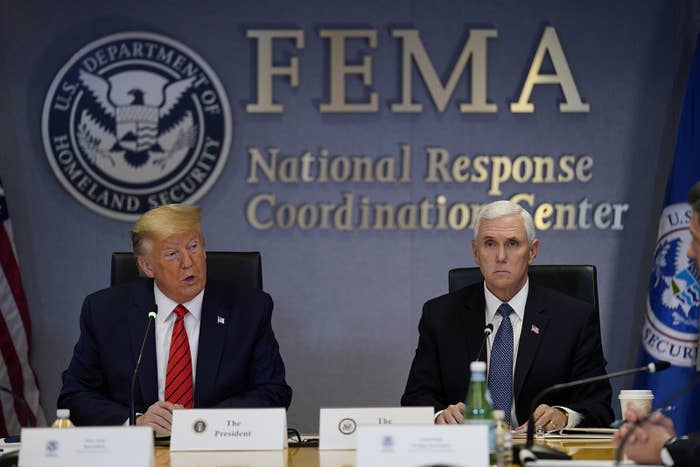
Over and over since the Federal Emergency Management Agency took over the country’s fractured coronavirus response on March 18, agency officials have insisted — publicly and in sworn testimony before Congress — that they were not in charge of the disjointed operation that came before, disavowing responsibility for what critics say were disastrous missteps that cost thousands of lives.
But according to documents obtained by BuzzFeed News and interviews with former agency officials, FEMA leaders were deeply involved in coordinating the government's coronavirus efforts with their counterparts at the Department of Health and Human Services (HHS), attending daily meetings and exchanging hundreds of emails on the topic.
The cache of emails, along with interviews, also show that FEMA officials wanted HHS to take the lead on the response, despite FEMA’s expertise in disaster management, because officials felt the agency was already stretched thin. One former supervisor, who was involved in coronavirus planning before leaving this spring, said that FEMA leaders also feared the White House’s complicated stance on the pandemic would make a coherent response impossible.
“Who the hell would want to own it. They knew this whole thing would be a shitshow,” said the former supervisor, noting that White House officials were viewed as both “incompetent” and “interfering.” “Who would want anything to do with it?” they said.
A spokesperson for FEMA, Elizabeth Litzow, disputed that the agency ever avoided taking the lead on the coronavirus response. She said FEMA Administrator Pete Gaynor and other officials’ statements to Congress disavowing responsibility were an attempt to avoid confusion. “There was confusion in the beginning amongst the public of who was in charge," she said. Officials wanted to make it clear that the Department of Health and Human Services, “as the nation’s public health experts,” was in charge in the beginning. In February, FEMA helped put together a Crisis Action Task Force and in March, when it later became clear, she said, that FEMA’s expertise was necessary, President Trump directed the disaster response agency to step in.
“Under President Trump’s leadership, we continue to leverage all resources possible to protect the health and safety of the American people,” she said.
When the virus first began spreading in the United States, President Donald Trump created a White House Coronavirus Task Force on January 29 to manage the nation’s response to the pandemic, led by HHS' Alex Azar. A month later, Vice President Mike Pence took it over. The effort was widely criticized on a number of fronts, from its chaotic communications to its failure to implement widespread testing or ensure the nation’s hospitals had enough personal protective equipment to keep doctors and nurses safe. On March 18, Trump officially tapped FEMA to be a lead agency in the effort, helping to fix the supply chain, and delivering PPE to states, among other tasks.
Still, throughout the spring as coronavirus cases mounted across the US, FEMA leaders appeared to distance themselves from the early response and worked hard to show that they were not responsible. On March 20, Gaynor testified before Congress that his agency had only been “at this for 48 hours,” referring to the coronavirus response. In mid-June, officials again told lawmakers that they couldn’t provide any information about the administration’s efforts to procure critical medical supplies before March, stating that they “had very little knowledge” about what HHS, the original lead agency, had been doing. At one point, FEMA officials declined to even speak to the House of Representatives’ Subcommittee on National Security on the coronavirus crisis, telling the committee, according to Chair Carolyn B. Maloney, that “the Agency does not feel as if there is much that we would be able to testify to.”
But in fact, top officials at FEMA, which usually handles the response to major disasters, had begun meetings about the “novel coronavirus supply chain disaster,” as one official put it, in early February. “This Coronavirus thing is now spinning hard,” Jeffrey Dorko, FEMA’s assistant administrator for logistics, wrote in an email to a logistics chief and other agency officials on Jan. 30. Officials were also involved in efforts to obtain urgently needed medical supplies, including personal protective equipment for doctors and nurses working with infected patients.
In an email on Feb. 3 to Greg James, a field operations official in the agency’s Office of the Chief Financial Officer, and Eugene Shearer, a FEMA supply chain adviser, Dorko wrote that the coronavirus was “obviously a big deal with potential significant national and global health and economic impacts.”
“We are working like crazy to help HHS in the coronavirus business: want them to be in the lead, we support,” he added. “In my mind, this is kinda like a hurricane brewing off the coast of Africa with potentially huge effects that could develop very fast.”
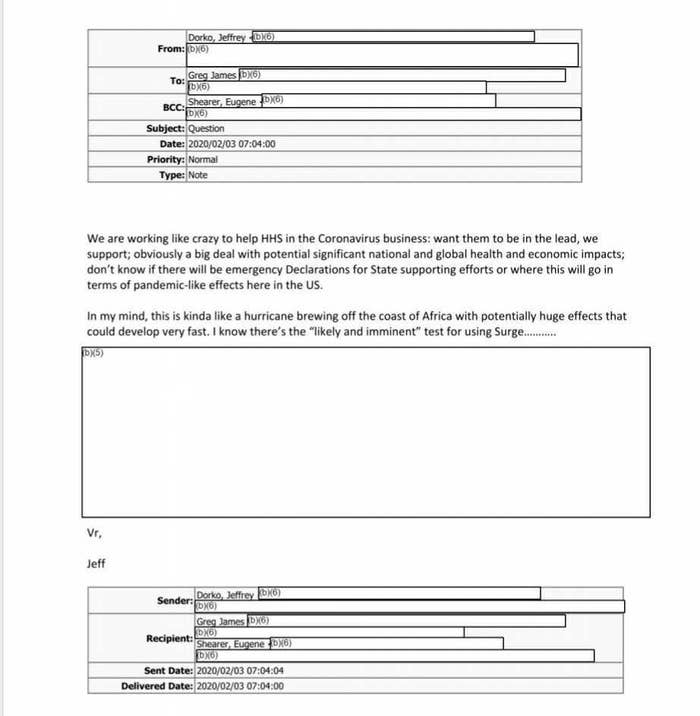
About two weeks later, on Feb. 11, Dorko lamented that he would have to miss a meeting on another topic because of “all the Coronavirus work ongoing.” He also noted that, as of Feb. 10, two other top FEMA officials were “tied up pretty much full time” on the effort.
A former FEMA supervisor who was involved before recently leaving the agency said that “Coronavirus, at that time, was pretty urgent, it was the top thing,” but that “chaos and mass confusion during that whole time about who is doing what” hamstrung the federal government’s response.
By the time FEMA took over the federal response in March, the supervisor added, “it was kind of already too late.”

The documents, obtained by BuzzFeed News in response to a Freedom of Information Act lawsuit, along with interviews with former FEMA officials, provide one of the most detailed looks at the internal conversations top officials and experts were holding as the coronavirus began to travel from China across the world. The documents highlight the disorganization, the absence of centralized leadership, and the lack of urgency from the Trump administration to rally to the crisis.
The agency, which many Americans know from its involvement in helping states recover from disasters like wildfires, floods, and hurricanes, has the expertise and power to deploy a wide breadth of disaster response resources—once the White House gives it the power to do so. Under the Stafford Act, passed in 1988 to better support state and local governments after a major disaster, the president can declare an emergency, which triggers FEMA’s ability to deploy the military, rally and coordinate other support agencies, dip into relief funds, and provide vital logistical support. However, Trump did not do that until March 13, which many say was a misstep that cost the country valuable time finding and securing vital medical supplies and responding to increasingly desperate governors whose states were rapidly running out of already scarce supplies.
By Jan. 27, government officials knew that the coronavirus could spread quickly in the US and that having enough personal protective equipment for doctors and nurses would be crucial. According to emails, senior officials from across the Department of Homeland Security, the agency that oversees FEMA, were attending daily calls and meetings about PPE as early as Feb. 5, with one meeting on Feb. 7 convened as the “Novel Coronavirus supply chain disaster leadership group.”
Some officials believe FEMA could have done more at that point to address what would become a dire nationwide shortage. FEMA and DHS have had contracts with suppliers for things like respirators, gloves, and masks for years, according to documents and interviews with formal officials. The former FEMA supervisor told BuzzFeed News that the emergency management agency could have “activated and ramped up” its preestablished channels much earlier.
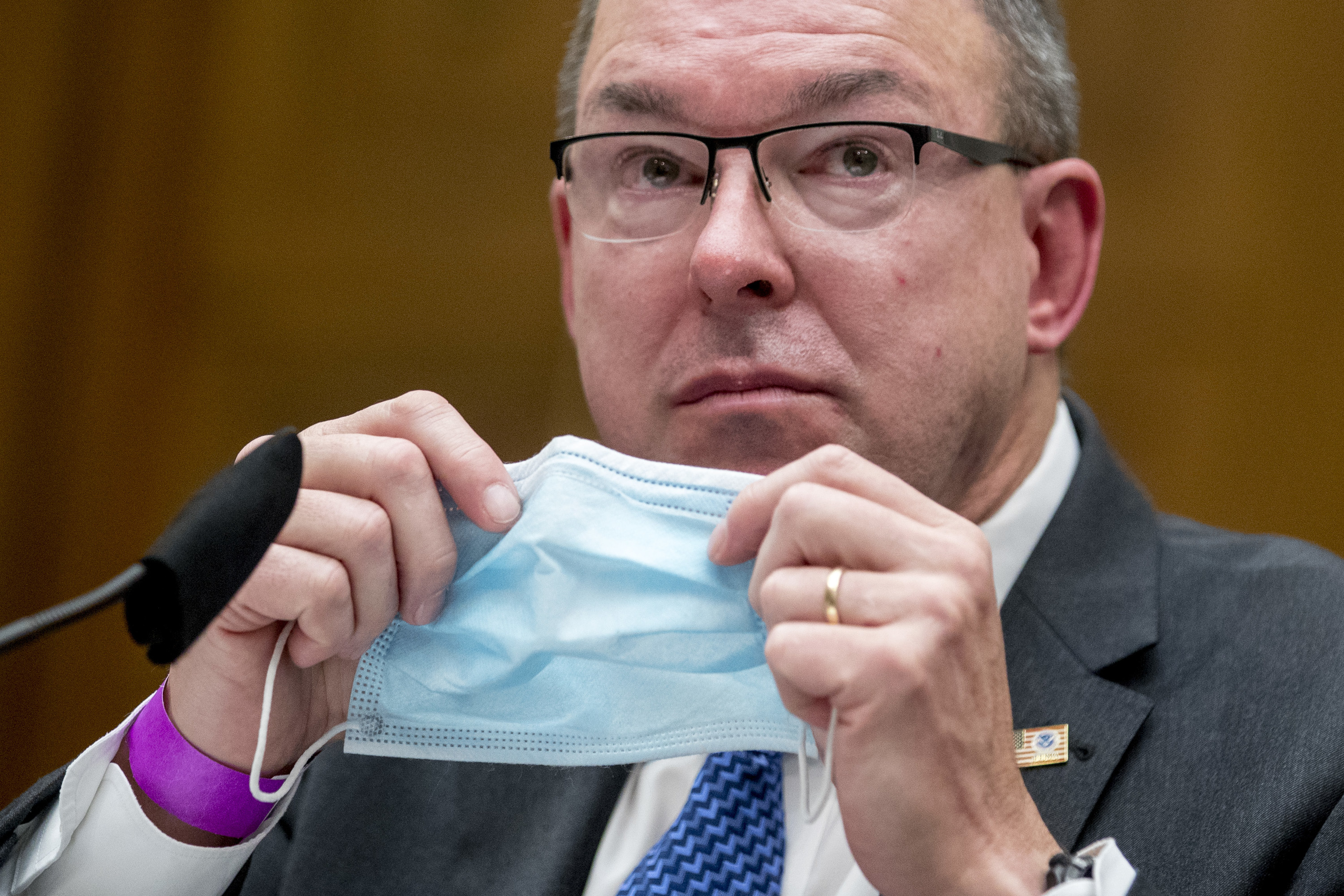
Yet federal officials did not start ramping up their effort to obtain supplies until the end of March, when hospitals were already rationing out masks and ventilators. In a hearing on July 24, Gaynor told lawmakers that, “from the beginning, FEMA and HHS understood and acknowledged” that the national stockpile would hardly fulfill the country’s needs. Officials in many states, who had been clamoring for help, were forced to find suppliers in China and South Korea and bid against one another for gear and equipment. It wasn’t until March 20 that FEMA helped create the Supply Chain Stabilization Task Force to try and find new and creative ways to get critical resources to the US.
FEMA then found itself battling against states for dwindling PPE, creating even more chaos and frustration over who was getting the supplies, sources familiar with the situation told BuzzFeed News.
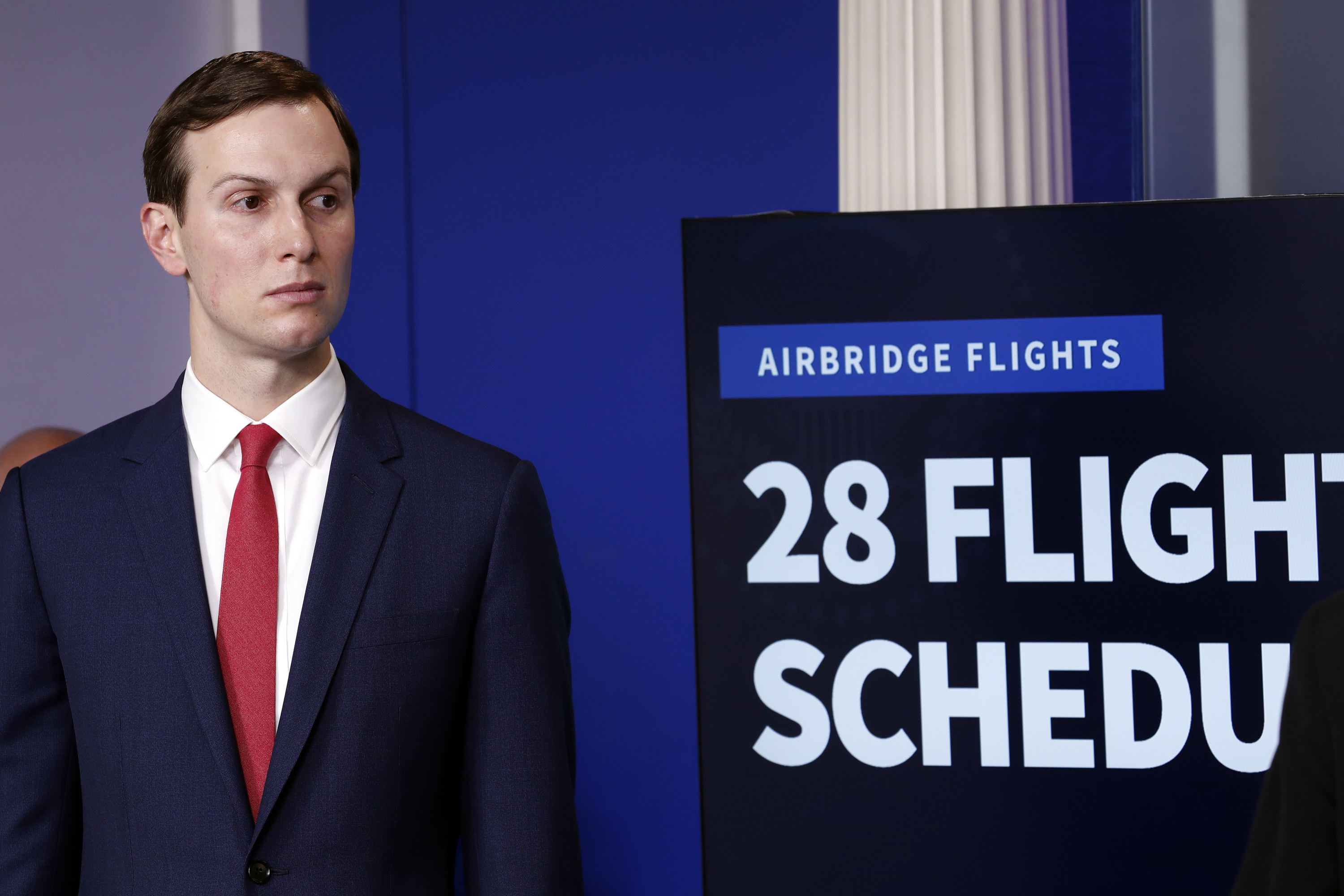
On March 29, FEMA and other federal officials announced the creation of a novel supply chain operation, known as Project Airbridge, spearheaded by Trump’s son-in-law and senior adviser, Jared Kushner. The operation’s goal was to go outside normal supply chains to find and expedite the delivery of critical PPE and gear from private companies and markets around the globe and then deliver it to the neediest states. The first shipment landed in Long Beach, California, on May 10.
And though the government has lauded the operation as a massive success that delivered millions of masks, gloves, and other supplies, a scathing investigation by the House Oversight Committee released last month found that only 7% of that PPE came through Project Airbridge. In interviews with the committee, FEMA officials acknowledged on June 18 that even though they were ending the project, “the supply chain is still not stable,” but told lawmakers during the hearings that distributors can now “do it on their own.” FEMA is also no longer in charge of finding and distributing PPE. At the end of May, the agency gave that responsibility to the Defense Department so that FEMA could prepare for the upcoming hurricane season.
Doctors, however, are again sounding the alarm. On June 30, the day that Project Airbridge officially ended, the executive vice president of the American Medical Association sent an urgent letter to Gaynor, FEMA’s administrator, “to express our ongoing concern over the availability of personal protective equipment (PPE)” as states lifted restrictions, causing cases to drastically spike. The letter emphasizes that months into this pandemic, “strains on the supply chain for PPE and disinfectant products continue.”
Some former FEMA officials have defended the agency, blaming a flailing administration for leaving states to fend for themselves, not including Gaynor in the White House Coronavirus Task Force until mid-March, and not putting FEMA in the lead sooner.
“It would have been awkward for FEMA to elbow HHS out without the White House first intervening,” one former leader said.
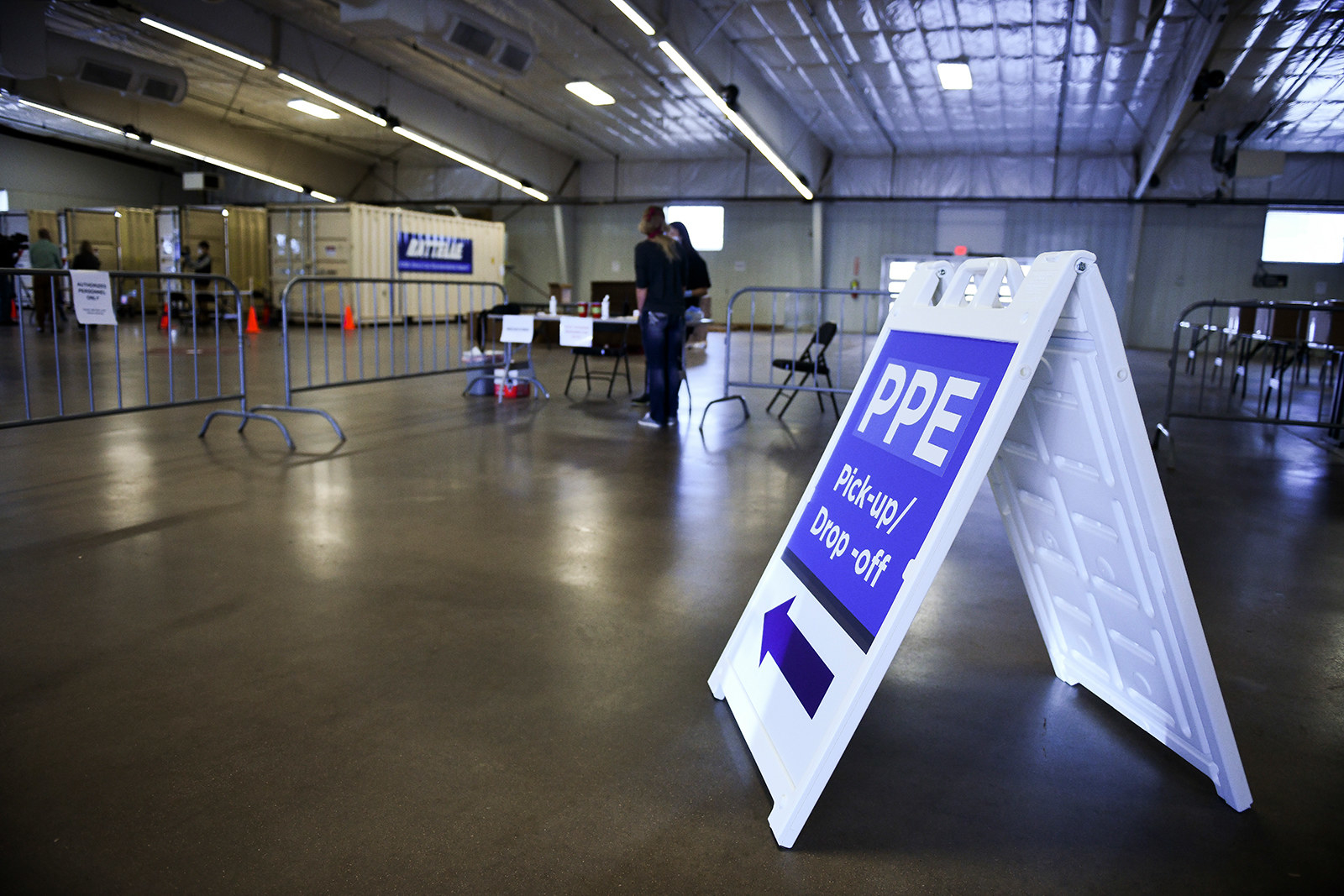
FEMA has been thrust into a difficult position trying to lead the country out of an unprecedented pandemic while also managing ongoing and upcoming natural disasters. For the first time in US history, every single state and territory needs FEMA’s help. But the agency should have been better prepared, according to a July probe into FEMA’s role in the response by the US Government Accountability Office. Throughout the report, investigators noted that the office had identified long-standing issues with how FEMA has handled contracts and supplies in previous disasters, despite having the capabilities to “rapidly and cost effectively mobilize resources” before needing to compete with others. The OAG also repeatedly pointed to FEMA’s significant staffing shortages.
“We previously raised concerns about supply gaps,” the office wrote. “Specifically, in 2003, we reported that urban hospitals lacked the necessary equipment, such as personal protective equipment, to respond to a large influx of patients experiencing respiratory problems caused by a bioterrorism event. Such an event would require a similar response to the naturally occurring COVID-19 outbreak.”
The documents obtained by BuzzFeed News also reveal that FEMA officials were involved in analyzing what the impact of the pandemic might have on the economy — which was rare, according to Litzow.
In fact, the agency contracted with a supply chain expert, Phil Palin, in January and February to analyze the economic impact of shortages in China on the US. That included both sourcing PPE as well as analyzing the impact of the coronavirus in China on such things as the auto industry. Many car parts are manufactured in Wuhan, where the coronavirus first emerged.
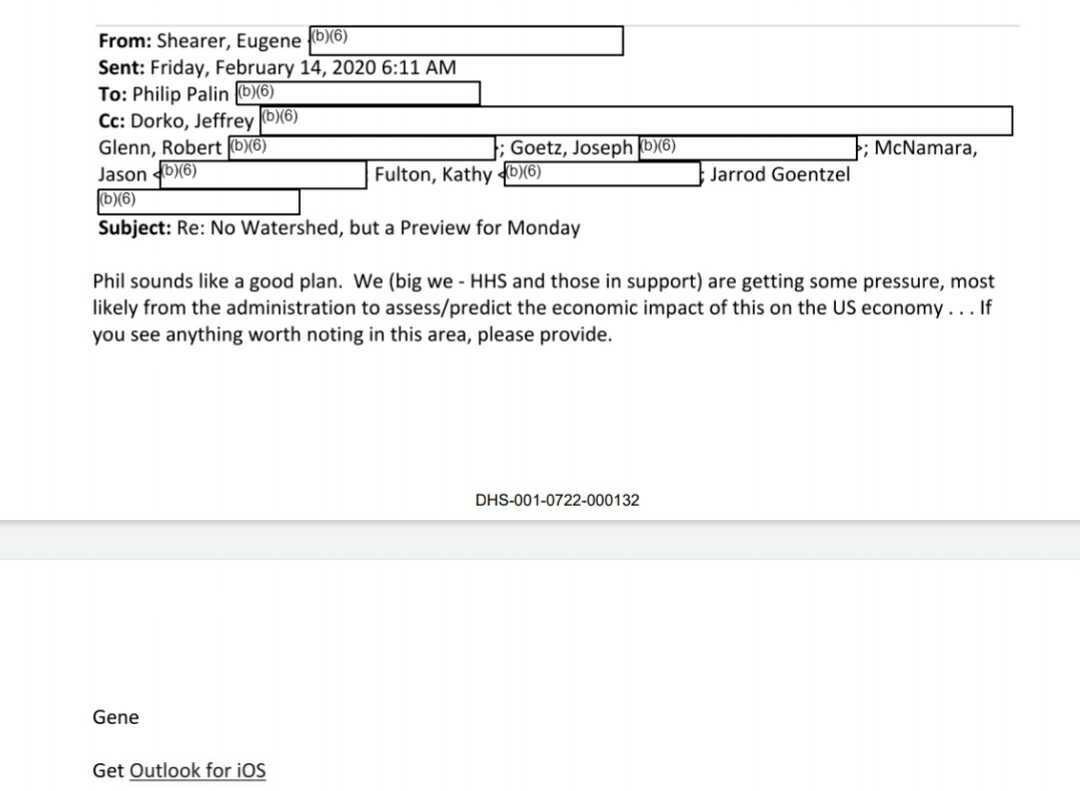
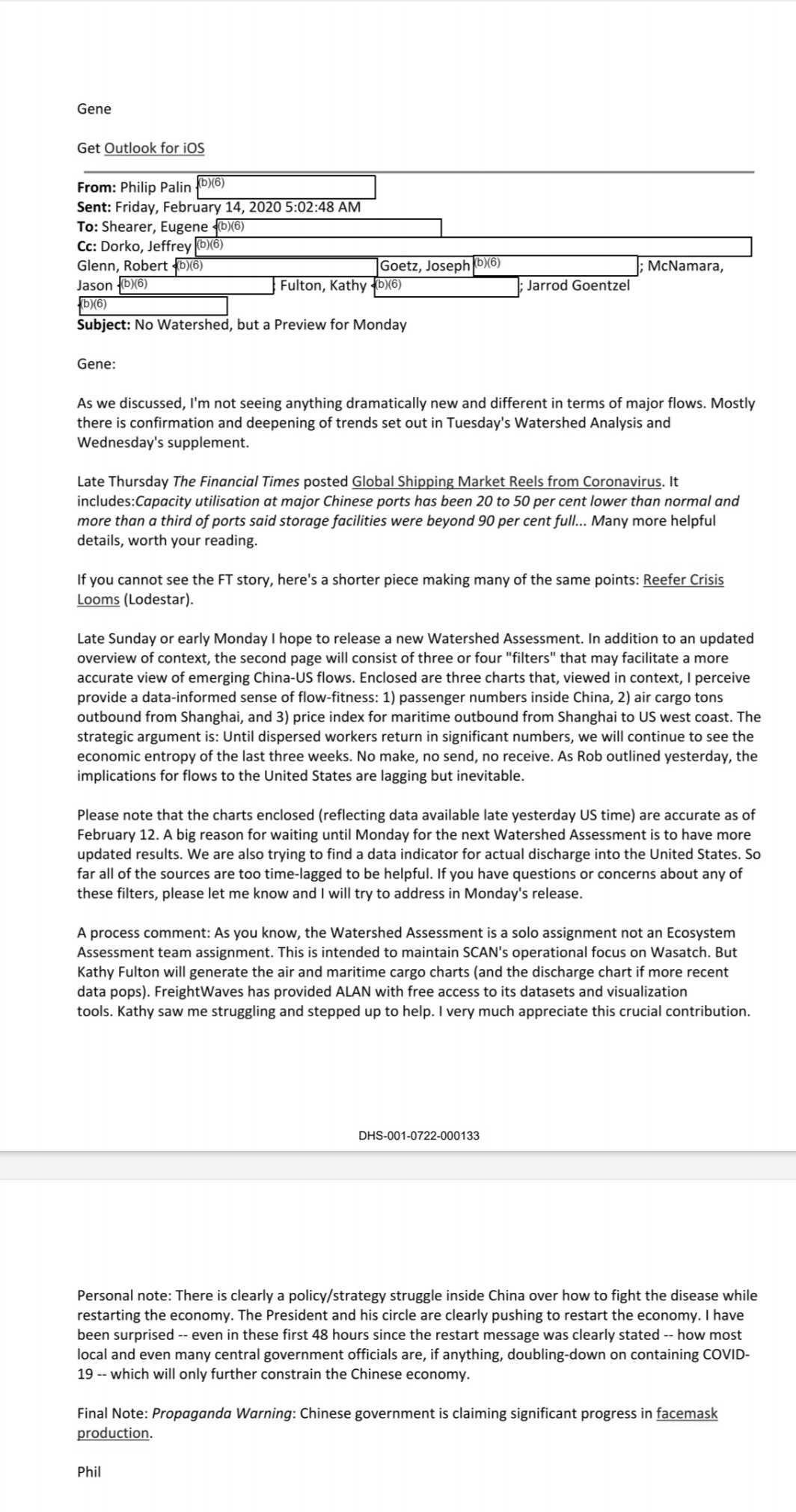

In an interview, Palin offered his own analysis of the agency’s response. FEMA could have done more, he said, to use its expertise with supply chains to make sure PPE and other necessary medical supplies were available as the case counts climbed in the US.
It was obvious that PPE and medical goods would be “super-short of demand,” he said. “This failure to address fundamental issues of production and through-put capacity continue to trouble our ability to test, trace, and do targeted hotspot quarantines.”
The former FEMA supervisor, who did not want their name used because they feared it could hurt their current job, said the decision not to bring FEMA into the lead role early on hampered the US response.
“There is no doubt there was a stirring knowledge and concern and awareness of all this at FEMA when all this started to unfold,” they said. “This is what you have when you have piss poor leadership.” ●

